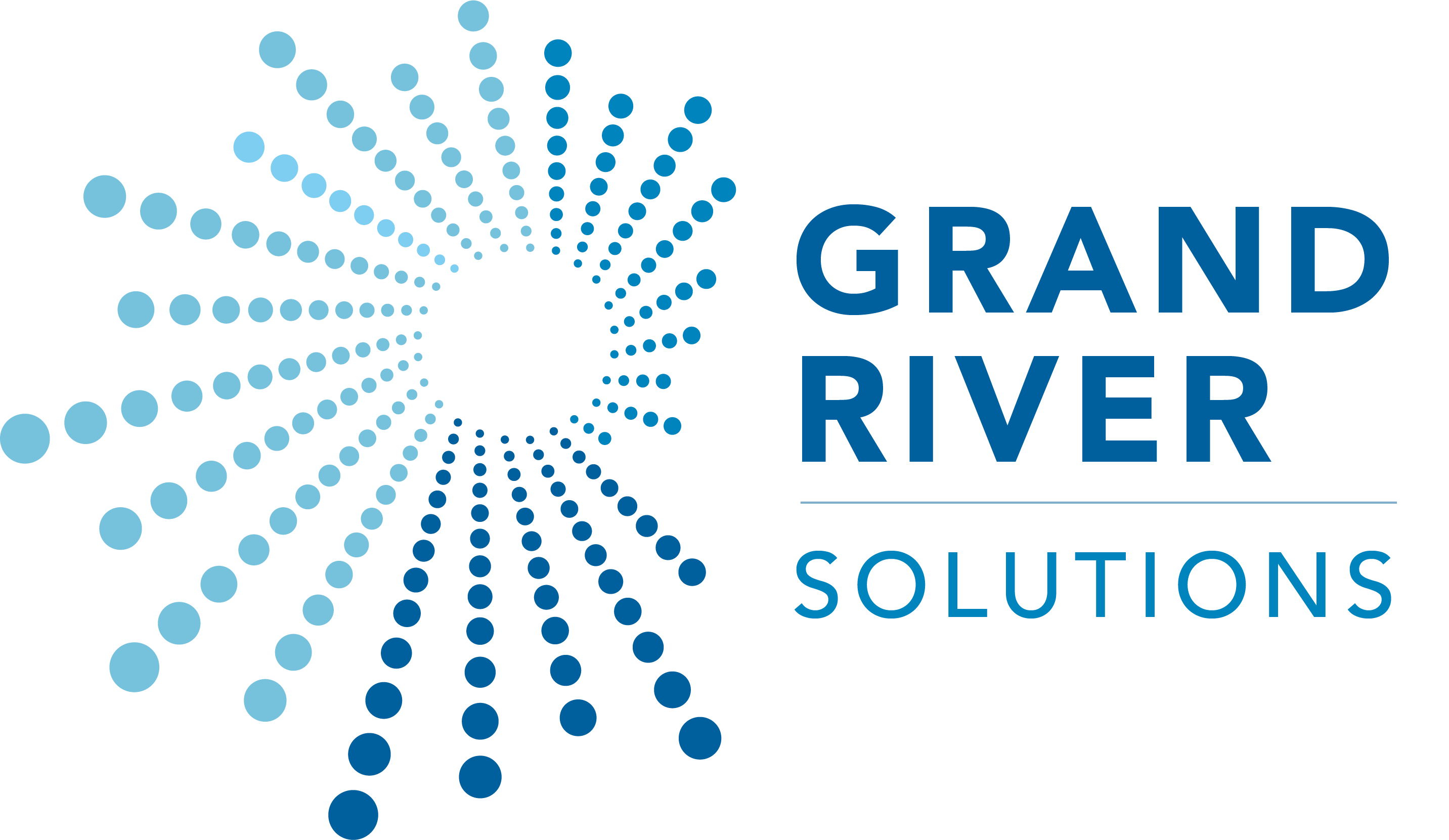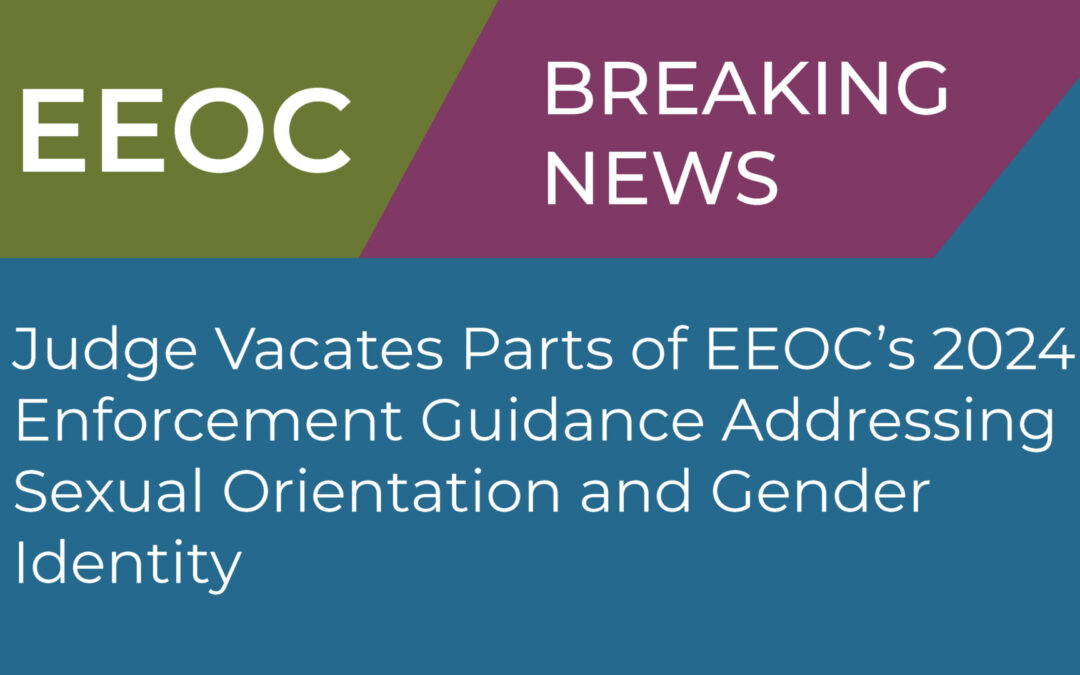On May 15, a judge in the Northern District of Texas vacated sections of the Equal Employment Opportunity Commission’s April 2024 Enforcement Guidance on Harassment in the Workplace after determining that the portions of the guidance that reference sexual orientation and gender identity are unlawful.
Specifically, the judge said the following are contrary to law:
- all language defining “sex” in Title VII to include “sexual orientation” and “gender identity”;
- a section of guidance outlining harassment based on sexual orientation and gender identity; and
- all language defining “sexual orientation” and “gender identity” as a protected class.
Impacted sections include but are not limited to Section I(A), Section II(A)(5), Section (II)(B)(3), II(B)(6), and Section III(B)(3). The guidance document has been updated to reflect the impacted sections—those sections have not been removed but are grayed out with a note about the judge’s order.
- Section I(A) lists sexual orientation and gender identity as protected categories under federal workplace harassment laws.
- Section II(A)(5) includes sexual orientation and gender identity as part of the definition of “sex” under Title VII and subsection (c) describes what harassment on those bases looks like.
- Section II(B) (3) is about stereotyping and harassment based on sex-based assumptions about “family responsibilities, suitability for leadership, gender roles, weight and body types, the expression of sexual orientation or gender identity, or being a survivor of gender-based violence.” The words “expression of sexual orientation or gender identity” are now grayed out and flagged as vacated under the judge’s order.
- Section II(B)(6) discusses timing as an element of causation; for example, perhaps a manager takes an allegedly discriminatory action against their employee shortly after learning about the employee’s protected identity or status. The examples of protected categories in this section were gender identity, sexual orientation, pregnancy, and religion. The first two were grayed out because of the order.
- Section III(B)(3) includes Example 46, which was explicitly removed by the judge’s order. The example is of a situation where harassment based on gender identity creates a hostile work environment.
The guidance was subject to notice and comment. The initial proposed version of the guidance was published in fall of 2023, and the final enforcement guidance was published in April 2024. The final guidance includes an addendum with EEOC responses to “major comments” received on the proposed guidance. That addendum addressed comments questioning the EEOC’s authority to address harassment based on gender identity related to sex-segregated facilities and pronouns. In its response, the EEOC reiterated the Bostock decision by quoting, “it is impossible to discriminate against a person for being homosexual or transgender without discriminating against that individual based on sex.”
What does this mean for schools and institutions of higher education? It means that someone is alleging discrimination on the basis of sexual orientation or gender identity; the EEOC does not consider that complaint to fall under Title VII. And such complaints made to the EEOC should be dismissed by the agency.
Does this mean that institutions of higher education and schools cannot or should not prohibit such discrimination, and investigate and adjudicate those types of discrimination and harassment under their policies? No. In fact, state law might require you to continue to prohibit such discrimination and harassment in the workplace, or generally for your entire community. And perhaps institutional values compel the policy choices if state law is silent.
Whether you’re seeking the occasional “phone a friend,” a comprehensive policy review, or training development, Grand River Solutions has a solution for your needs.

